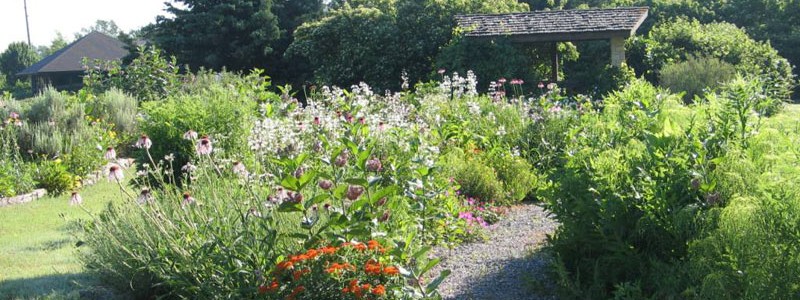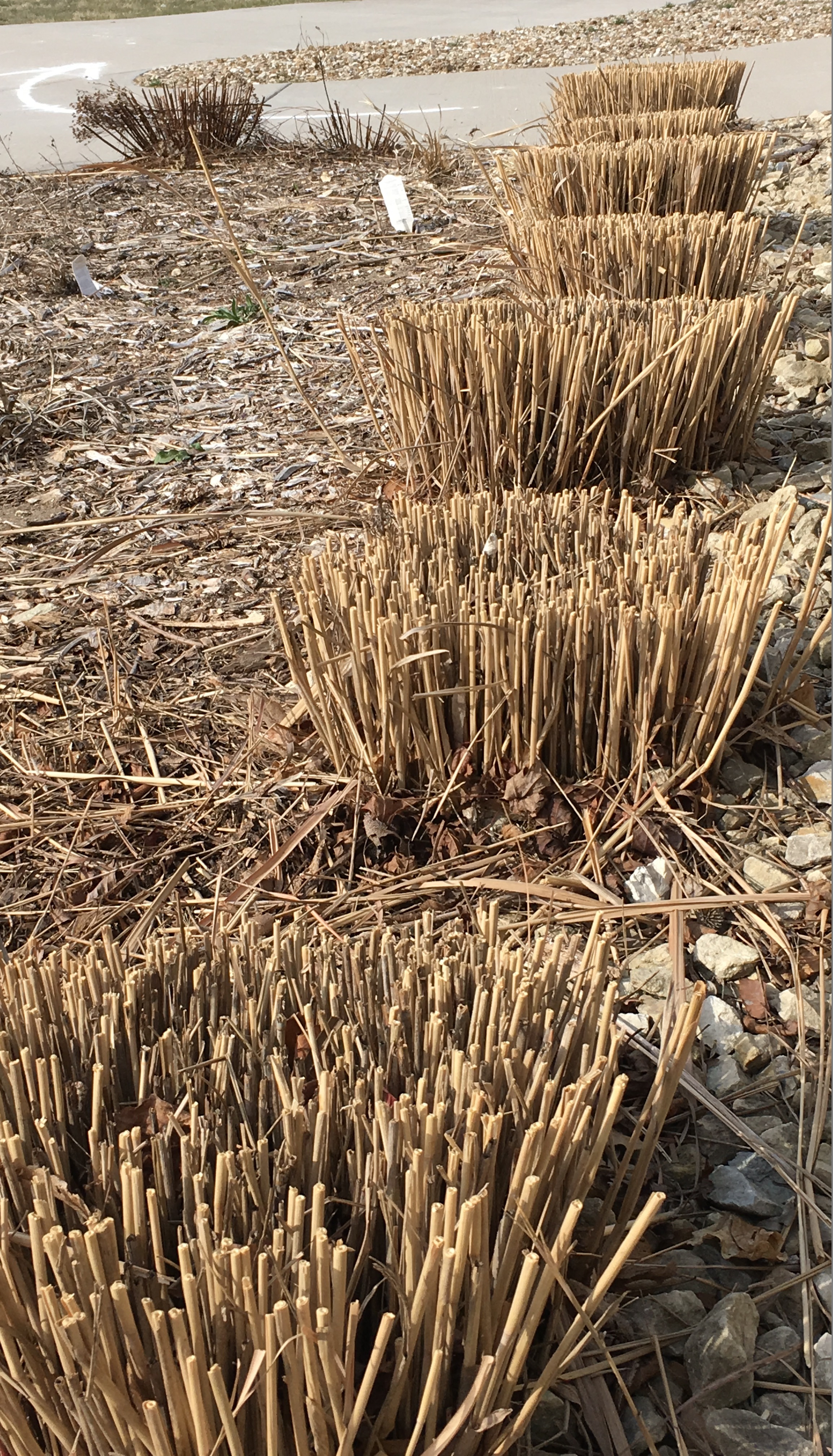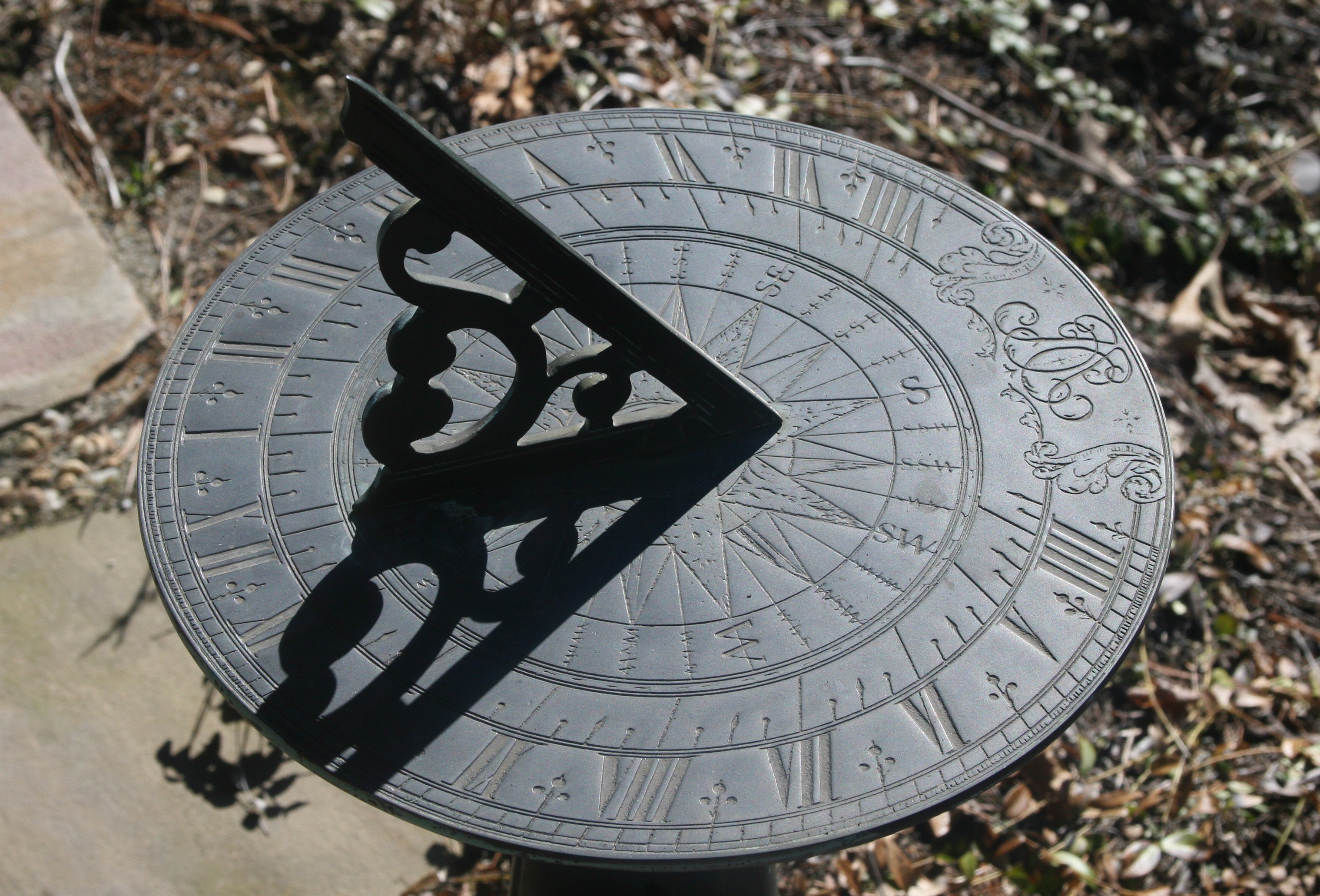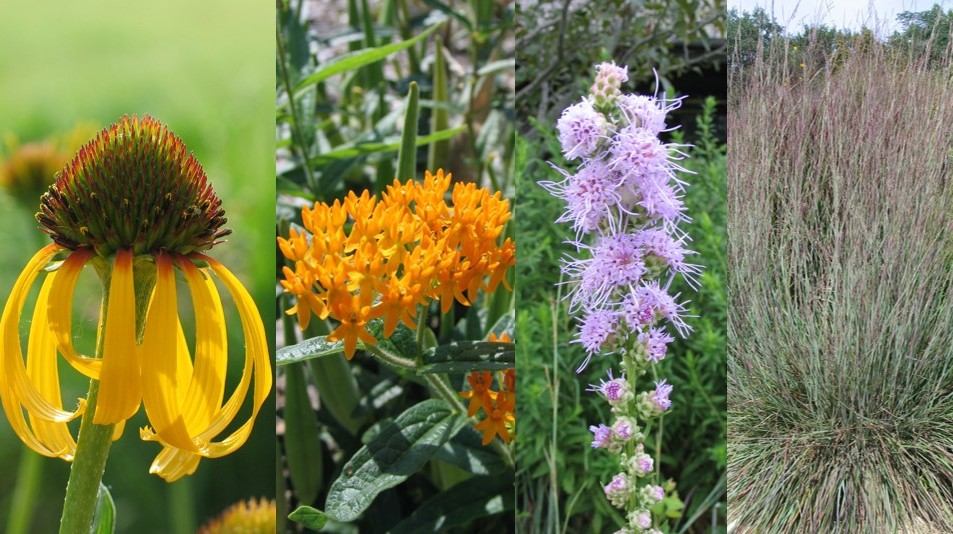While taking time this weekend to weed the small native plant beds I have dotted around my landscape, I was reminded of the joy this tending process brings me. Not necessarily because I love weeding the seemingly endless emergence of hackberry seedlings and henbit sprouts every spring. But because it leads to my spending time with and being intentional in these gardens.
Weeding and Experiencing Wildlife
Of course, I want my gardens to look nice. But a big part of my intentionality in native gardening is knowing that it is a place to feed and host wildlife. And how will I notice and enjoy that wildlife if I don’t spend time looking for it? While weeding to help manage the human-desired aesthetics of this garden, I’m also being mindful of how this garden will look to insects, birds, small mammals, amphibians, and reptiles.
I know that the new flower emergence of rose verbena, celandine poppy, columbine, golden alexanders, golden ragwort, and woodland phlox all around me will attract wildlife. And sure enough, before long two pearl crescent butterflies make an appearance and land on nearby vegetation. Robins scratch through leaf litter nearby and grackles squawk overhead in the hackberry trees that gifted me their seedlings.
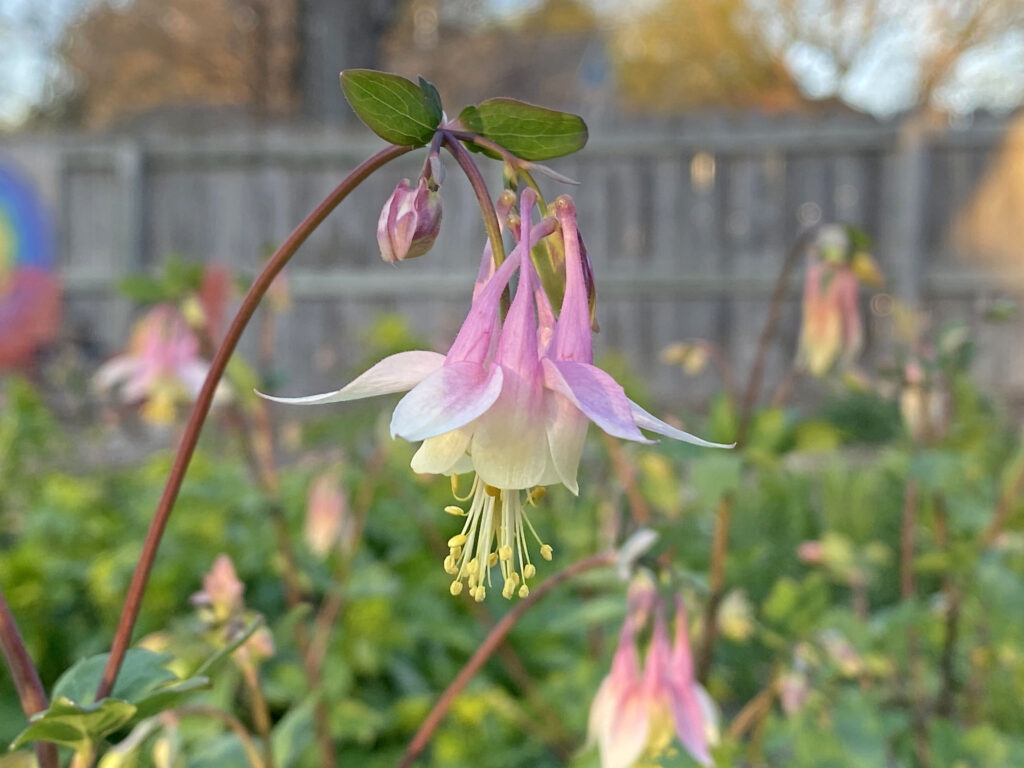
A tattered monarch (the first I’ve seen this spring) stops to sip nectar from a dandelion that I’m glad I hadn’t yet plucked. Unfortunately, none of the five species of milkweed in my yard (common, butterfly, whorled, showy, and green antelopehorn) have yet to emerge from dormancy. I’m guessing this female has carried eggs here all the way from Mexico and is looking to oviposit on milkweed stems. Soon, new shoots will be available to serve as monarch caterpillar food.
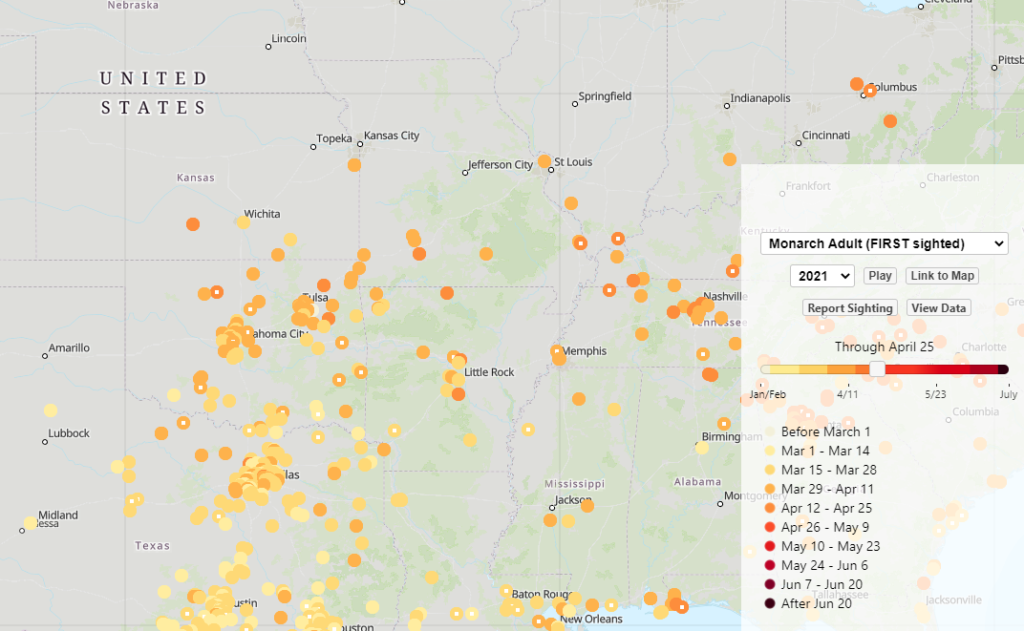
Next, a fresh-looking eastern tiger swallowtail butterfly flaps through with powerful flight while a Carolina wren sings loudly nearby, part of a resident pair that I enjoy seeing regularly. Then, a bumblebee visited a nearby columbine flower, reminding me not to mulch too heavily or thoroughly, because they commonly nest underground.
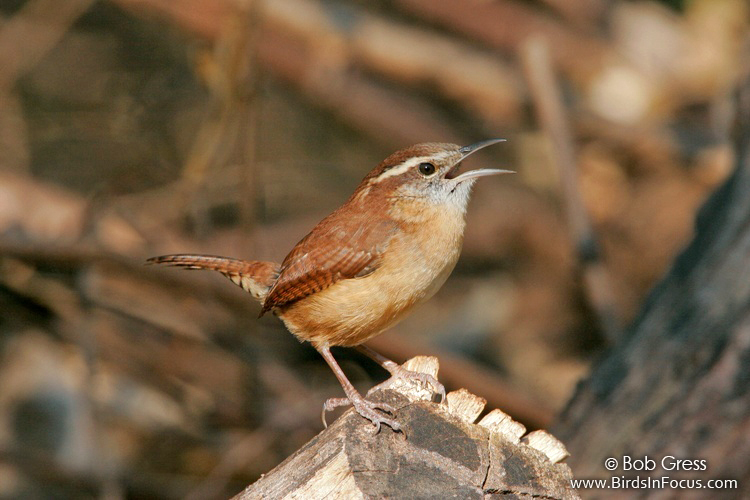
I’ve been at this native gardening process for decades now. But it seems that I see and learn something new almost every time I’m observant and present in the garden.
Start with Small, Manageable Gardens
If you are interested in a brief explanation how I got started with planning and planting some of my small gardens, HERE is an earlier blog post on the topic. The key is to start small and plant only what you will enjoy managing. If you don’t enjoy the regular process of weeding and tending your garden(s), then the process will not be sustainable. And for some native plant gardening best management practices, HERE is another blog post with advice.
Once you have your small garden site outlined and prepared for planting, consider one of the following wildlife-attracting garden kits of thoughtfully-selected assemblages of plants to fit your planting location. For more details about our FloraKS plant sale, click HERE.
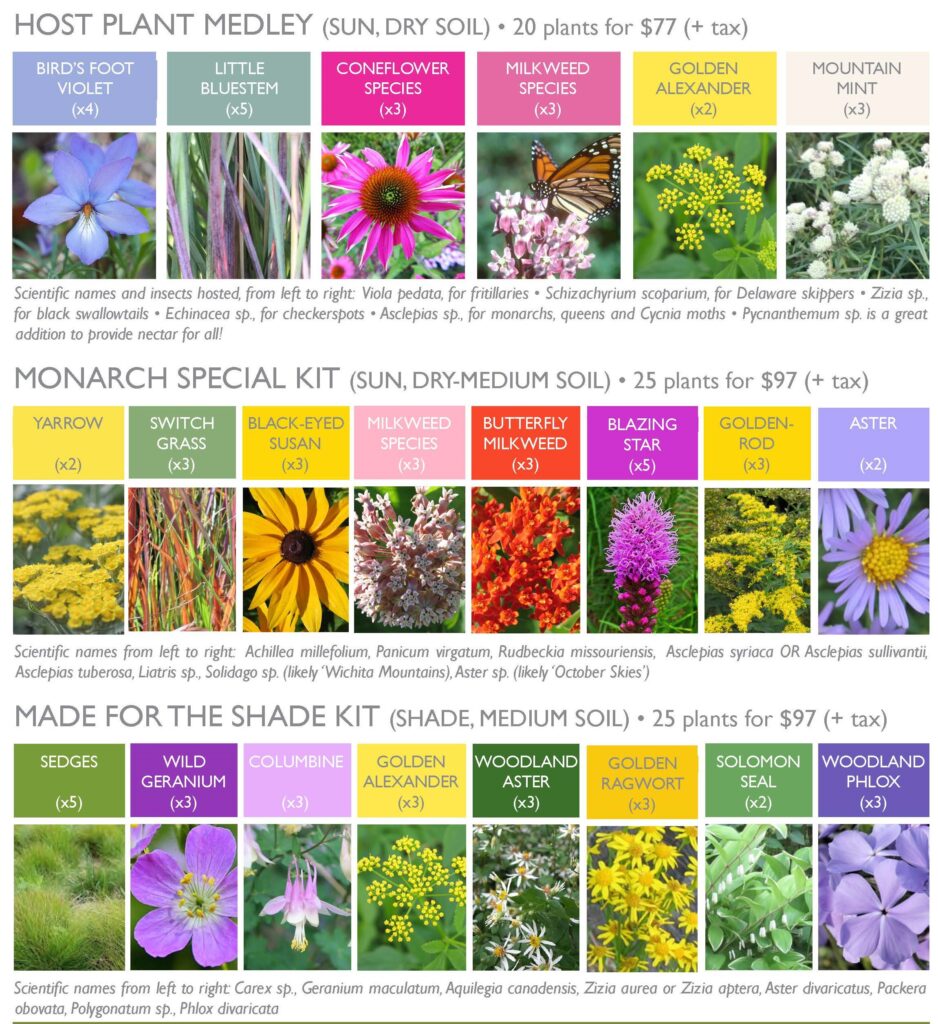
To make sure you are successful in your gardening efforts and enjoy the process, be sure that you start small. Keep your effort manageable, and be intentional with your focus.

